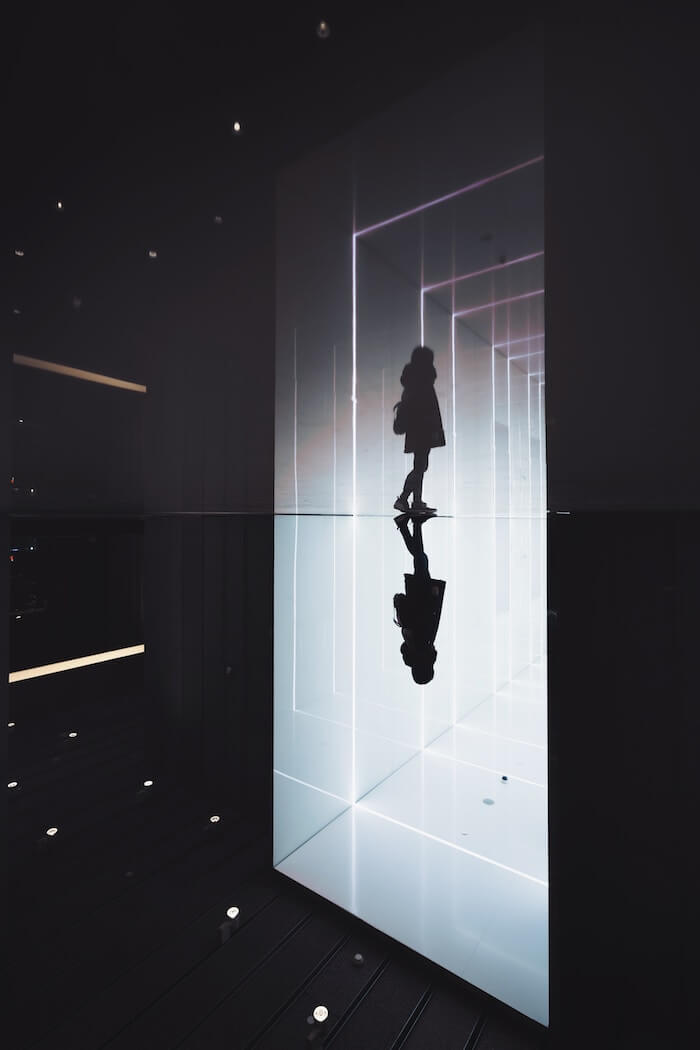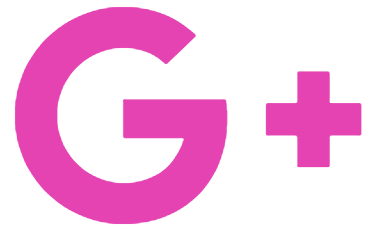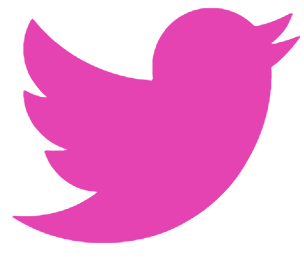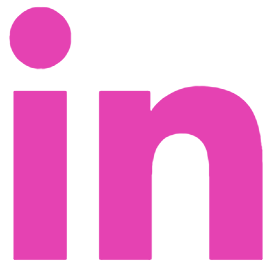HUMAN DESIGN: THE MYSTICAL PRACTICE EVEN YOUR DAD WILL GET
BY: Ruby Warrington · Spiritual Development
Human Design makes the mystical super accessible—and Erin Claire is the woman bringing it to the masses. What’s your type?

There are probably some people in your life you just don’t talk to about astrology. Your dad. Your accountant. Your boss (unless you work for Emily Weiss at Glossier). But chances are, the less mystically-minded people in your life may well be open to a conversation about their Human Design.
Incorporating elements from all your favorite mystical traditions (astrology, the I-Ching, Kabballah), as well as info about your biochemistry and genetics, Human Design rolls them up into a nicely scientific-sounding system for self-knowledge and personal development—without so much as a whiff of Palo Santo.
Granted, the first time I heard about Human Design six years ago, it was in a workshop hosted by a woman in a tie-dye jumpsuit and sporting purple streaks in her hair. I was blown away by what I learned and wrote about it in one of my very early blog posts for this site.
But at the hands of Erin Claire, also Director of Programming at upscale conscious members club The Assemblage (in itself a marker of how the modern spirituality scene has evolved since I launched this site), Human Design has been packaged for an altogether more mystic-averse audience.
Working mainly with corporate clients. “I come under the guise of helping people discover their leadership styles, while making their teams more efficient,” she says. “When really, these qualities are by-products of helping people understand themselves on a deeper level.”
During Erin’s sessions, participants each receive a “Humanual” (if we needed any more evidence that we are, literally, morphing into machines)—a 30+ page document detailing everything from their Leadership Type and Communication Strategy, to their Skills and Public Role, and the Distractions that prevent them from fulfilling their potential.
So far, so straight out of Dave Eggers’ dystopic Silicon Valley satire, The Circle.
But while Erin’s delivery of the information itself remains overtly practical, it is highly emotive and, yes, human, in tone. For example, as a “Classic Builder” (the “Generator” type in old school Human Design), I learn that my Decision-Making Authority—literally the most effective way for me to make decisions—is to use my “Gut Response.”
“You are designed to use your gut to respond to opportunities and questions that show up for you. Engaging with your gut allows you to tap into your powerful and creative energy correctly,” Erin writes in my Humanual. Relevant to the 70% of the population who make up the Builder category—and pretty much the opposite of what they teach in business school.
It’s a line I’d love to chant in the face of every person I’ve encountered along the way who tried to tell me I’d never succeed without a plan. And a reminder that “success,” for me, is ultimately the result of following my intuition down a continually unfolding path of possibilities.
Seeing this in black and white feels strangely validating, in a way that astrology, even for a fully subscribed believer like me, rarely delivers so succinctly. Requiring zero interpretation or understanding of the subtle workings of the cosmos, it is simply stated as Fact. An element of my innate design.
As Erin puts it: “Astrology invites so much self-enquiry—a reading is more of an intuitive and collaborate experience. This is more prescriptive.”
It helps that a person’s Human Design chart also looks like the motherboard for our internal OS. As does the fact that our “design” is presented as being generated from within, versus written in our connection to nature and the cosmos. Paring the numinous elements right back is certainly more in fitting with the patriarchal consensus that Man—versus the Goddess—is the one in control.
All the better for sharing this system with the non-believers in your life—and certainly a way to introduce the idea of emotional intelligence to any work environment. After all, “working with your design results in feelings of flow, ease, and satisfaction,” says Erin, while being out of alignment results in “resistance and frustration.”
Curious about your Human Design? Click HERE to generate your chart for free and check out Erin’s overview of each Type below …

Generator (with Manifesting Generators, 70% of the population)
Generators are the life force of the population. They are designed to work and to love the work they do to a point of exhaustion. The more they love what they’re doing, the longer their energy will sustain itself. Imagine you wake up each morning with a battery and your job is to use that energy in satisfying ways and then end your day exhausted after fully giving yourself to the work you love. The most important thing is that these people are deeply satisfied in the work they do. It is key to pay attention to what’s giving them energy and lighting them up and release the things that are no longer giving them energy.
///
Manifesting Generator (with Generators, 70% of the population)
Manifesting Generators are similar to Generators in that they’re designed to work and to love the work they do. Their magic is in their ability to bring things to life quickly and efficiently. It’s best to surround themselves by people that are more methodical, so they can move as quickly and powerfully as they’d like. These people may have a ton of different interests at once and their career may not look so linear. It’s best for them to simply pay attention to the things that light them up and honor the natural response they have to things, to allow that aliveness guide them, letting go of things when they’re no longer energizing them.
///
Projector (20% of the population)
Projectors are natural leaders. They are not designed to do all the doing, but instead designed to be a guide and support for others, especially when they feel recognized and invited in. They often make better managers than doers. These people often have the ability to see things in a totally new way, so their work is to cultivate their unique gift — often by finding a system to master — and then sharing that knowledge, when they are invited in to share. When they share before people are ready, they may experience resistance. Projectors tend to be very sensitive to energy, so it’s essential to surround themselves by healthy people and environments where they feel recognized. Their energy level is inconsistent, so they are designed to work in spurts and take plenty of time to rest rather than push themselves through a long day.
///
Manifestor (9% of the population)
Manifestors are the ones here to initiate and get things started – to bring new ideas and concepts into the world. They’re designed to work and act independently and are most comfortable when left alone to do what they please. If they’re working within a team, it’s important that they have the freedom to design their schedule. They’re not here to be told what to do, but to initiate it themselves. Their work is to inform others about what they’re planning to do, so that they can manifest more freely and with less resistance.
///
Reflector (1% of the population)
These people are extremely rare (1%) and mirror back the energy around them. They take in and magnify any environment they’re in. They make amazing facilitators and evaluators – offering a perspective that’s unique and different and are able to see things that often go unnoticed. It is best for these people to own their uniqueness, as their experience of life often looks a lot different than those around them. The most important thing for these people is that they are choosing to be in an environment that feels correct to them and that they take their time when making decisions.
///
Erin Claire will be hosting Blueprint: A Transformational Day of Human Design on Jan 27 2019. Learn more about her work and book a personal reading or team session HERE.







